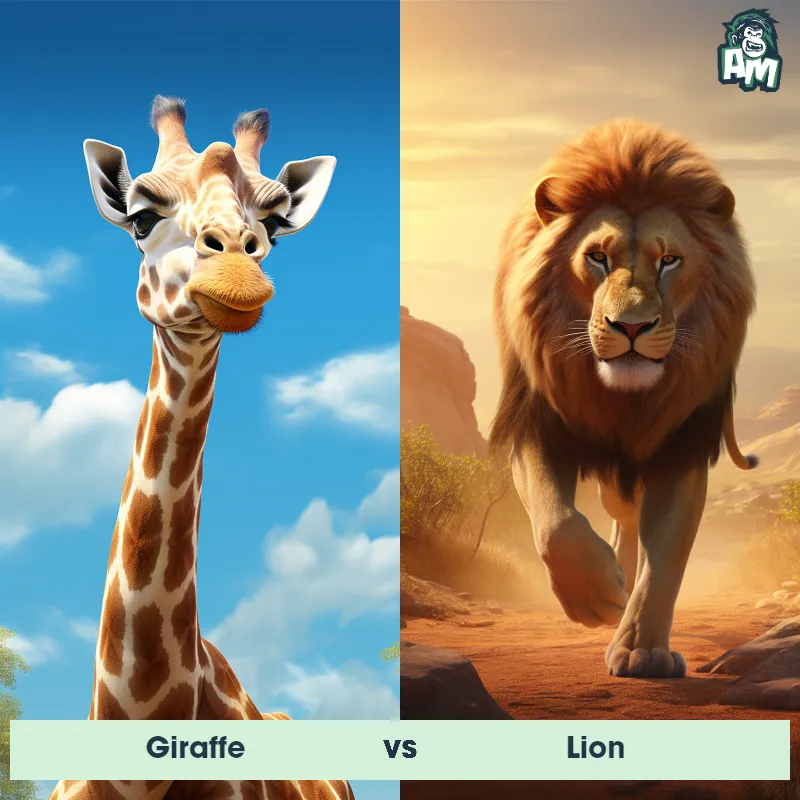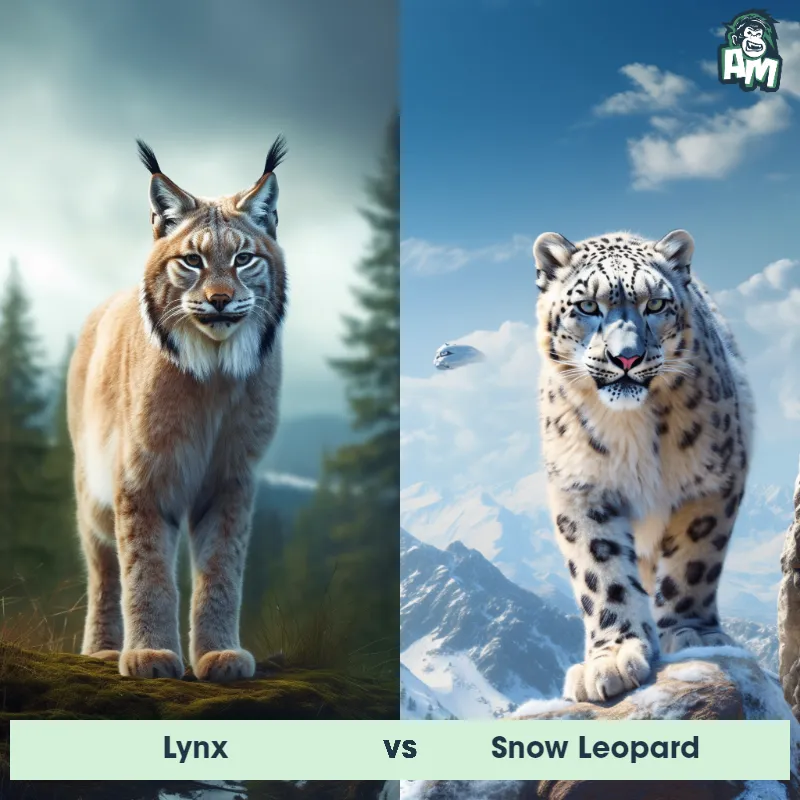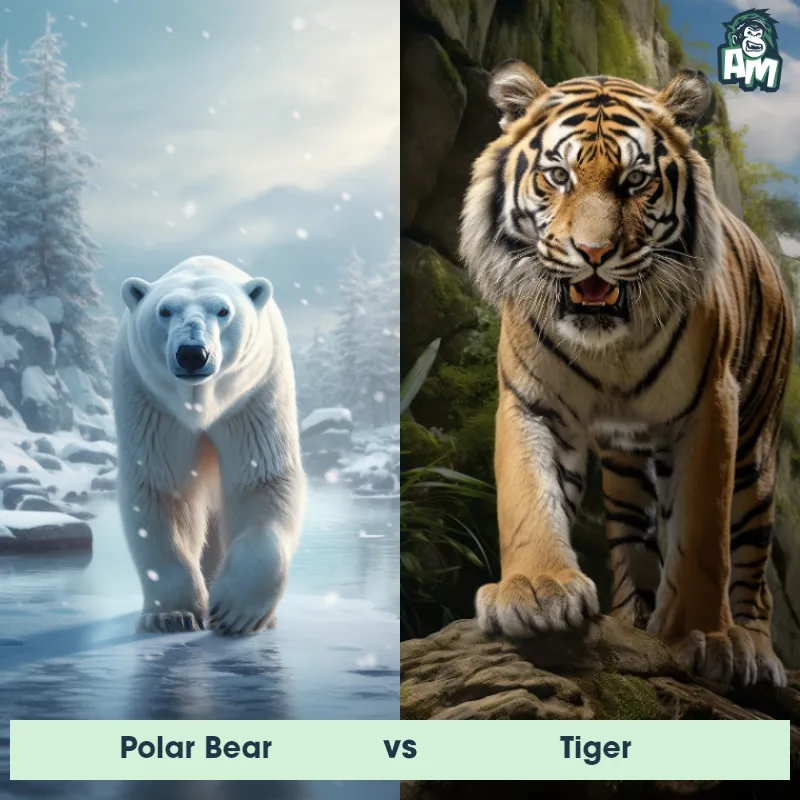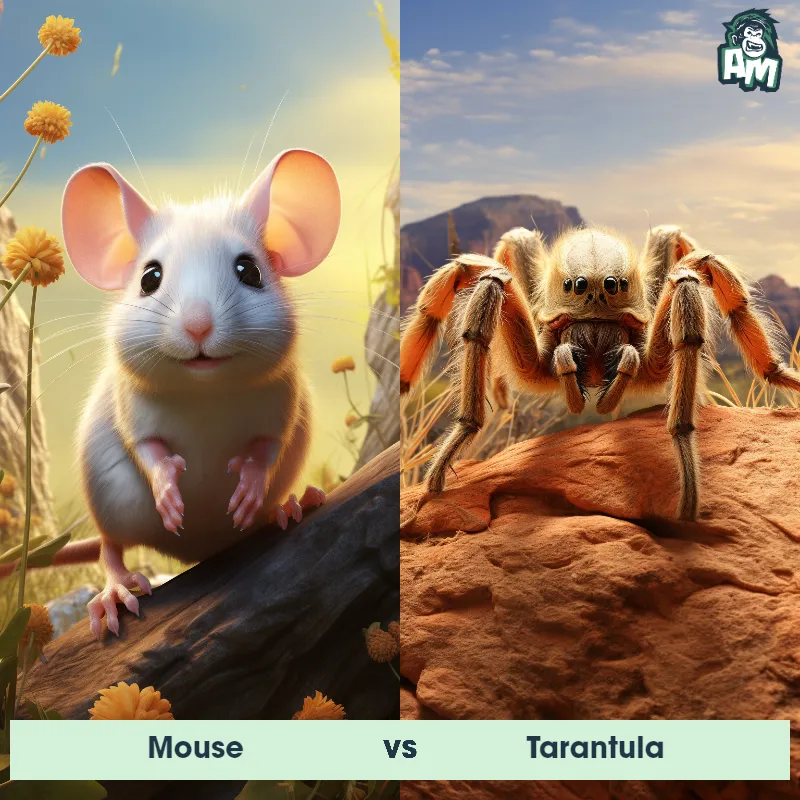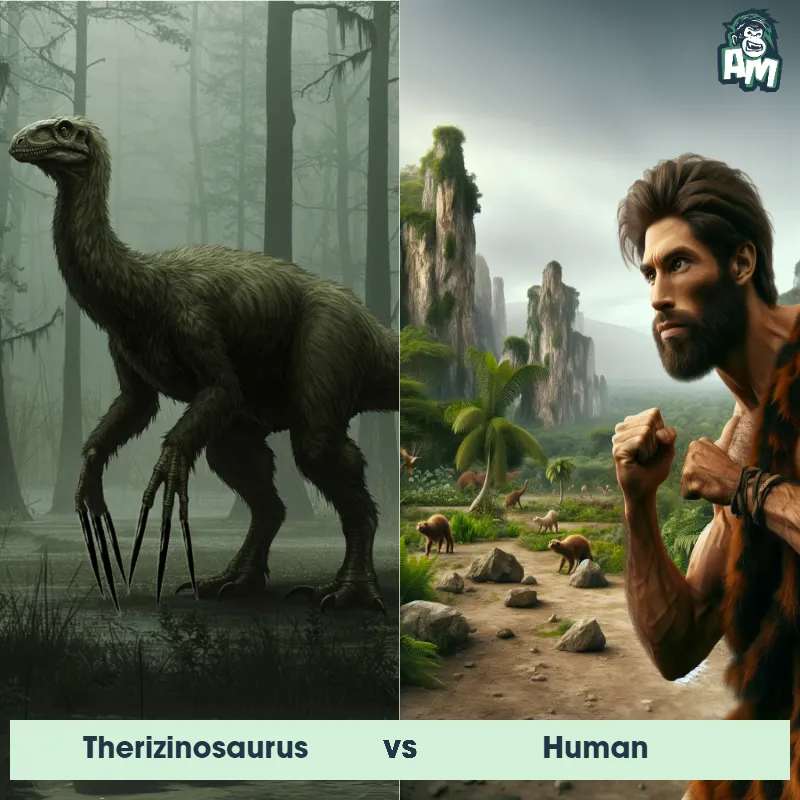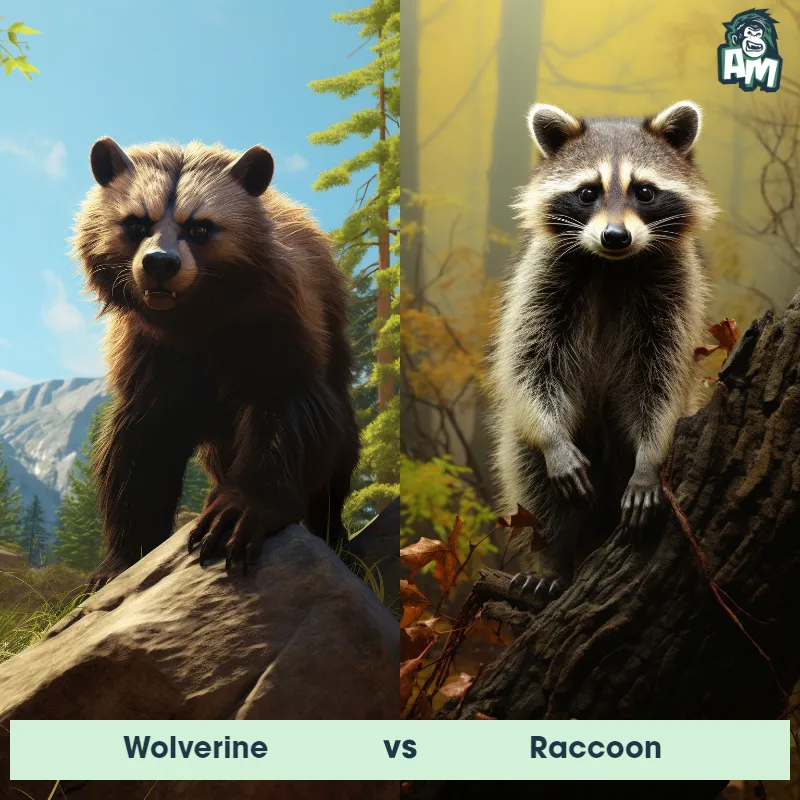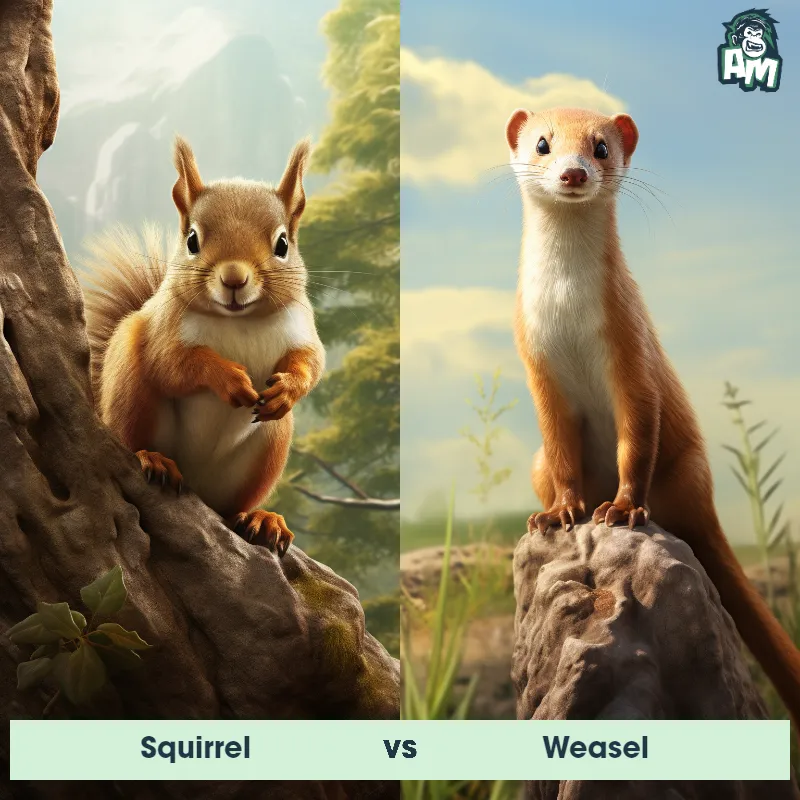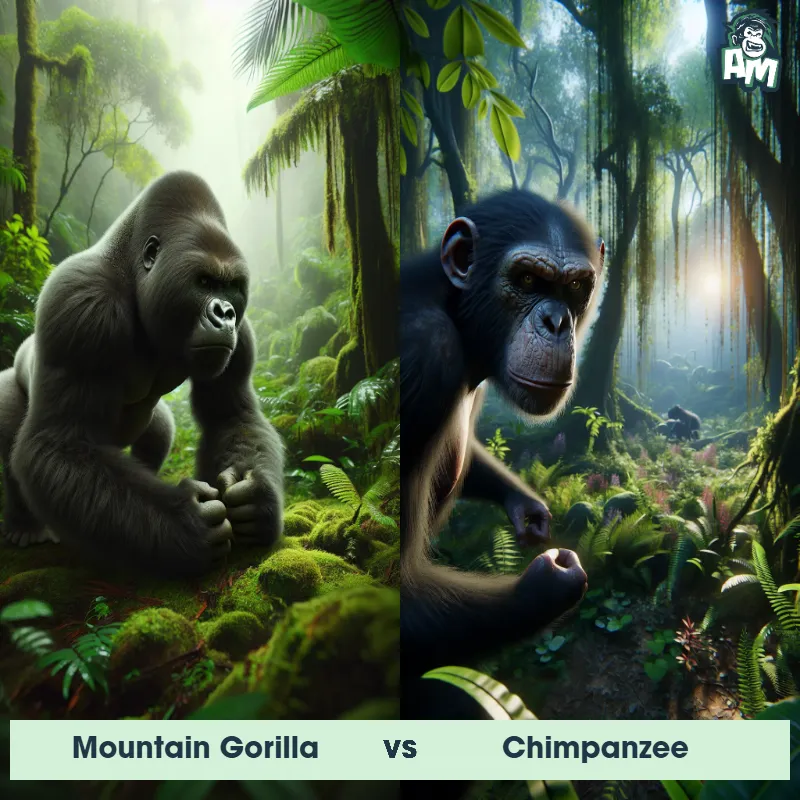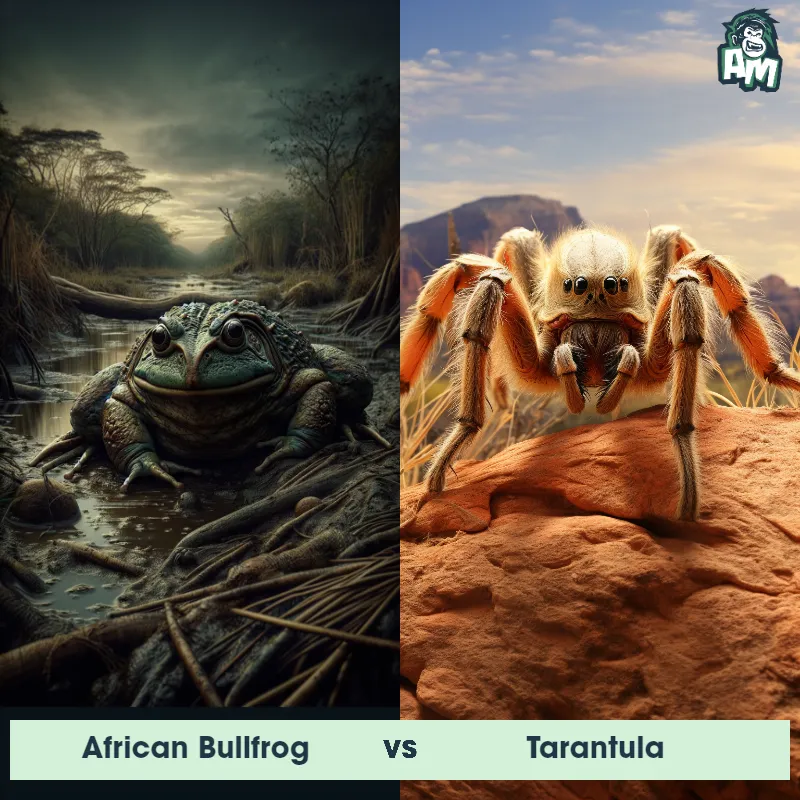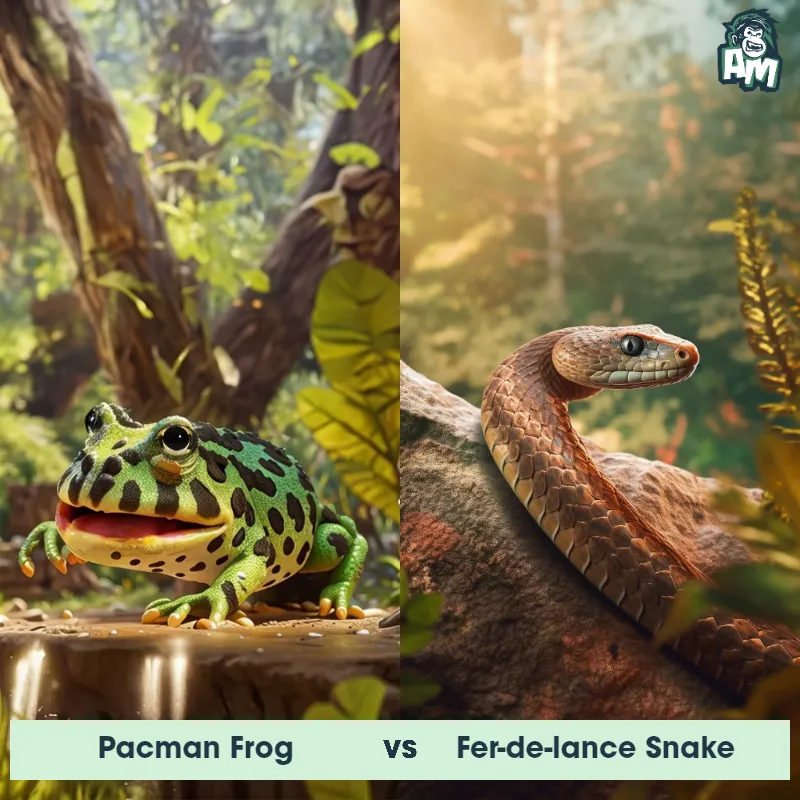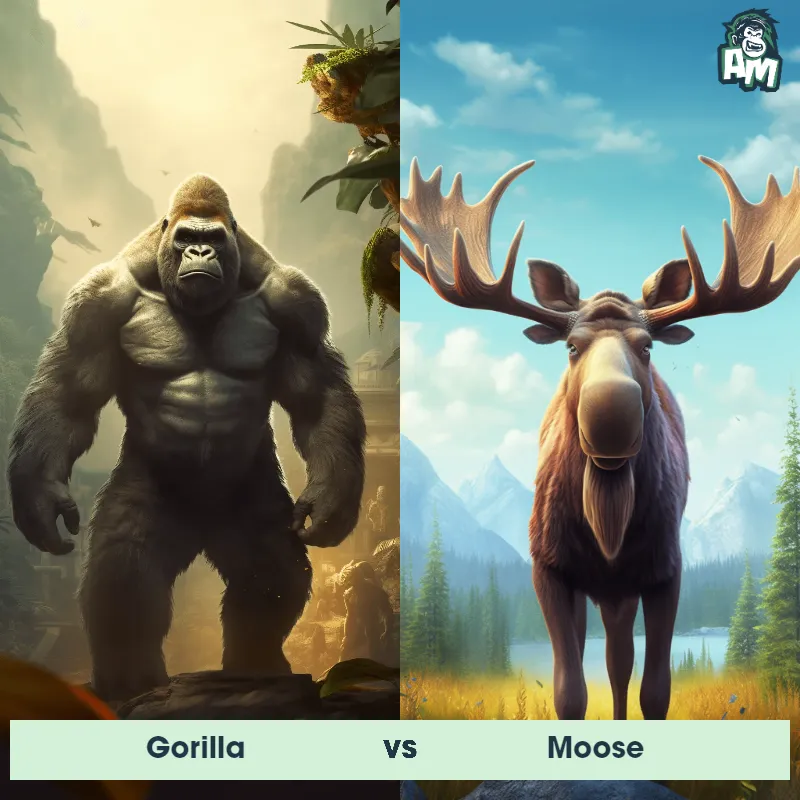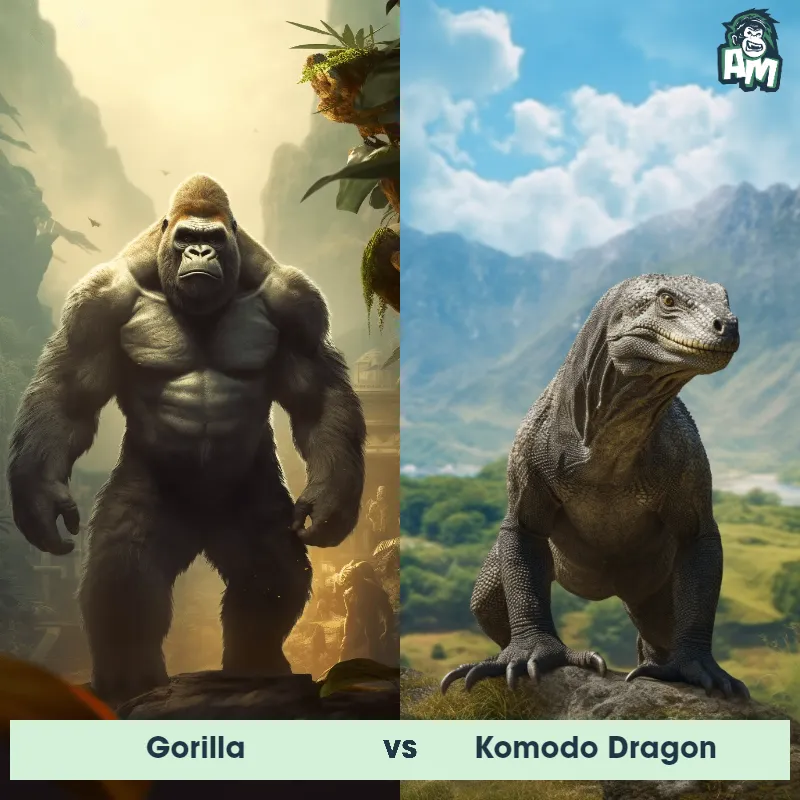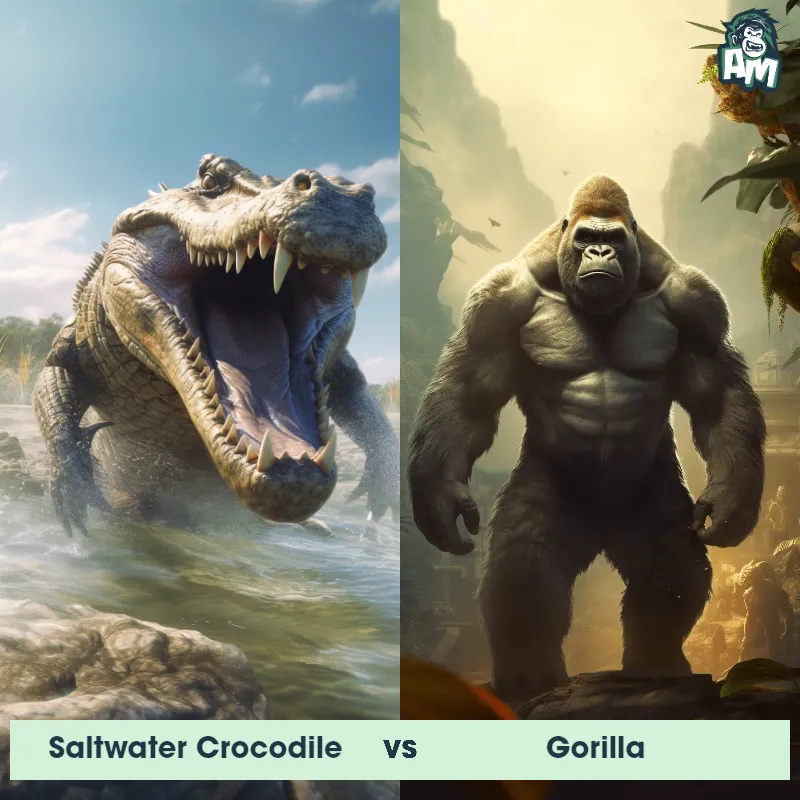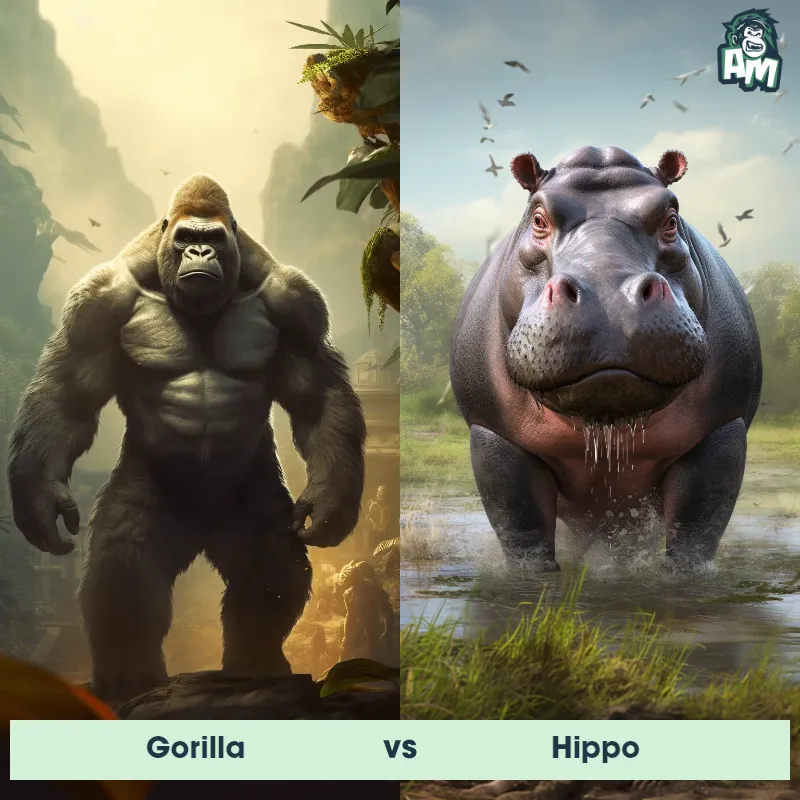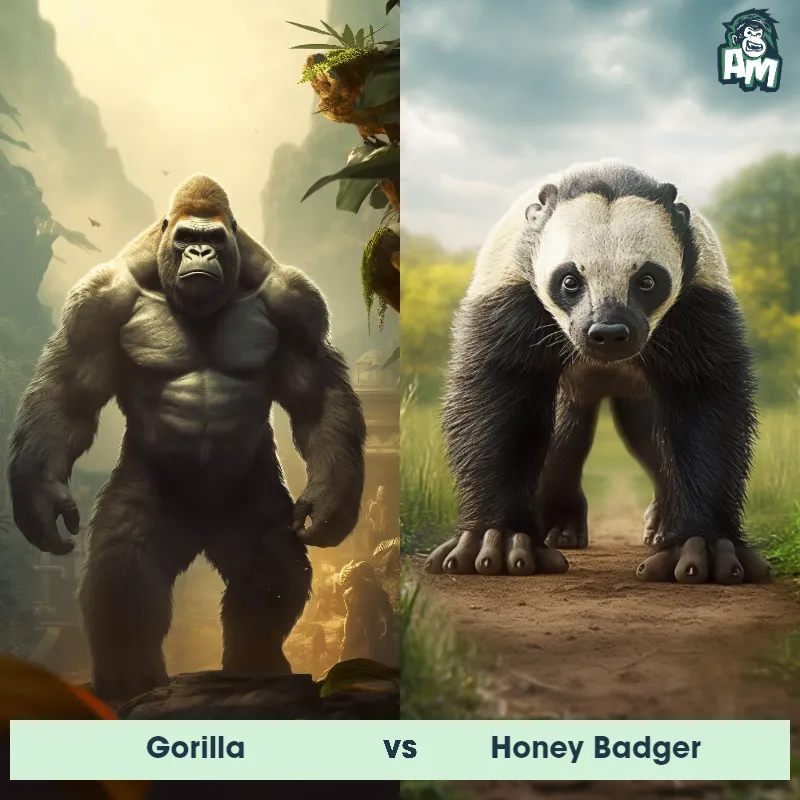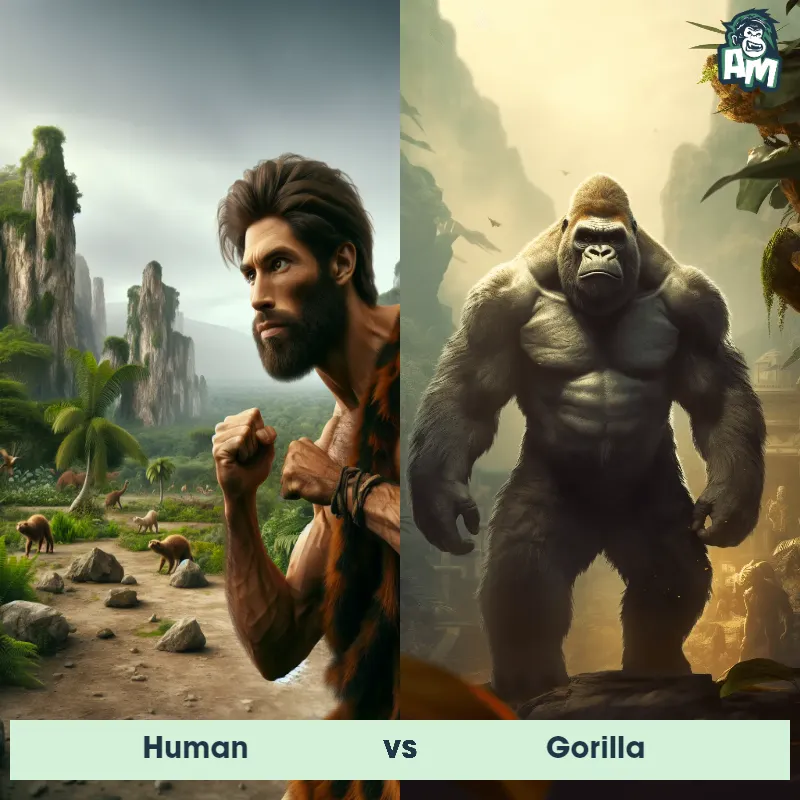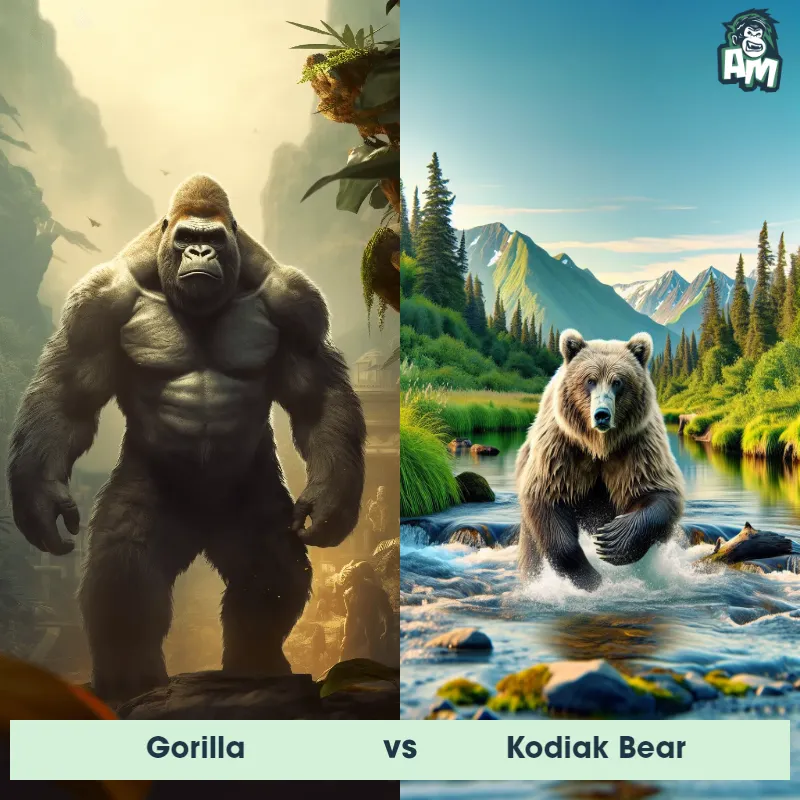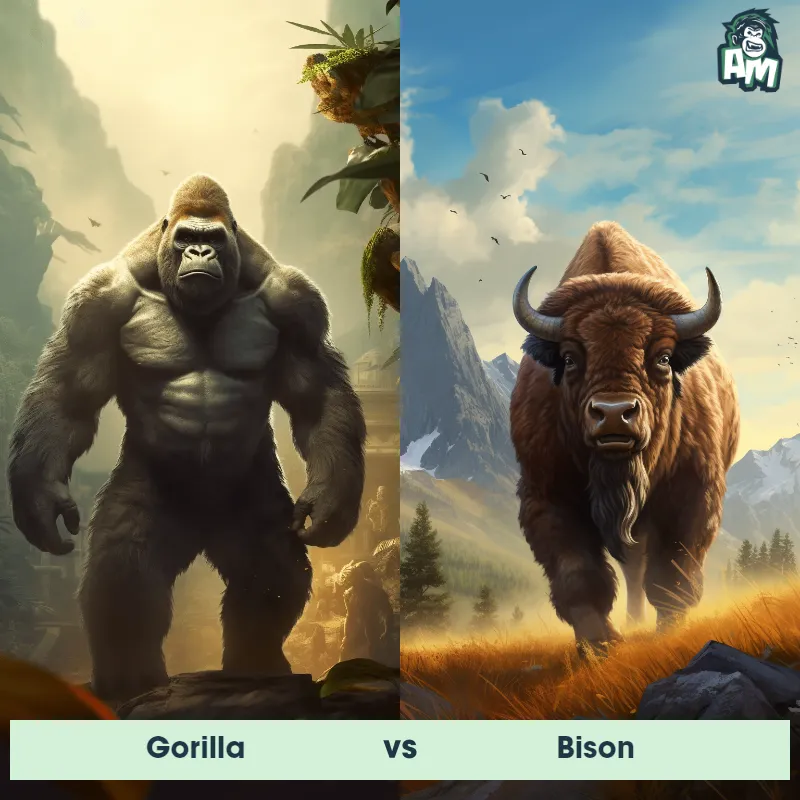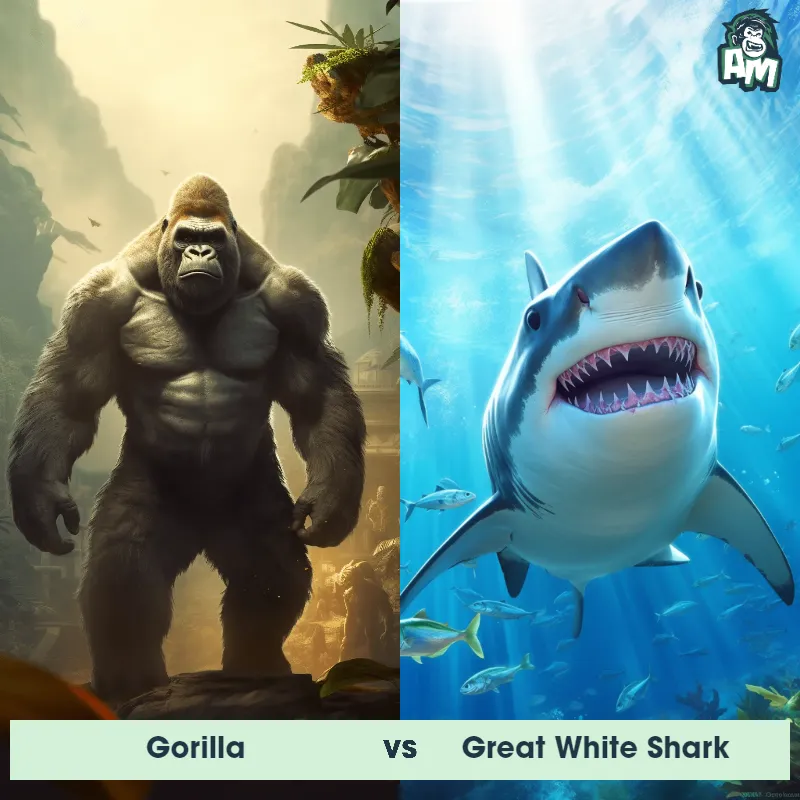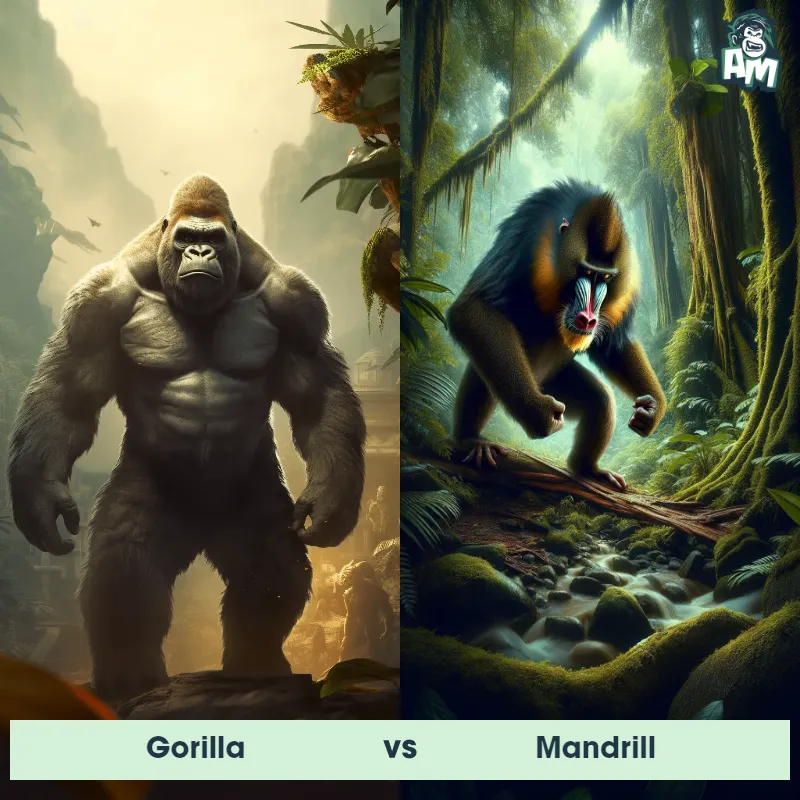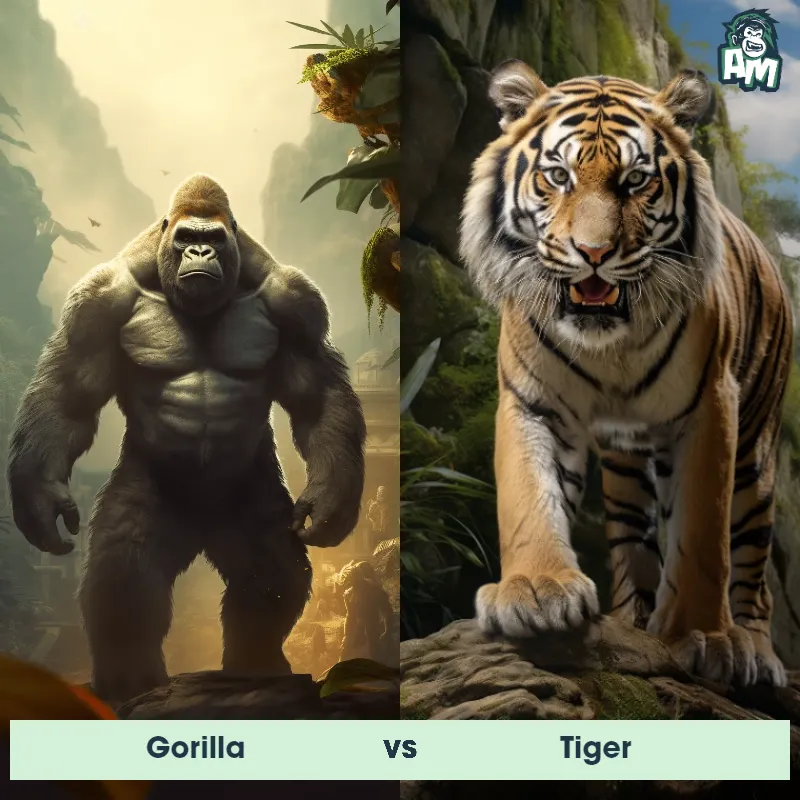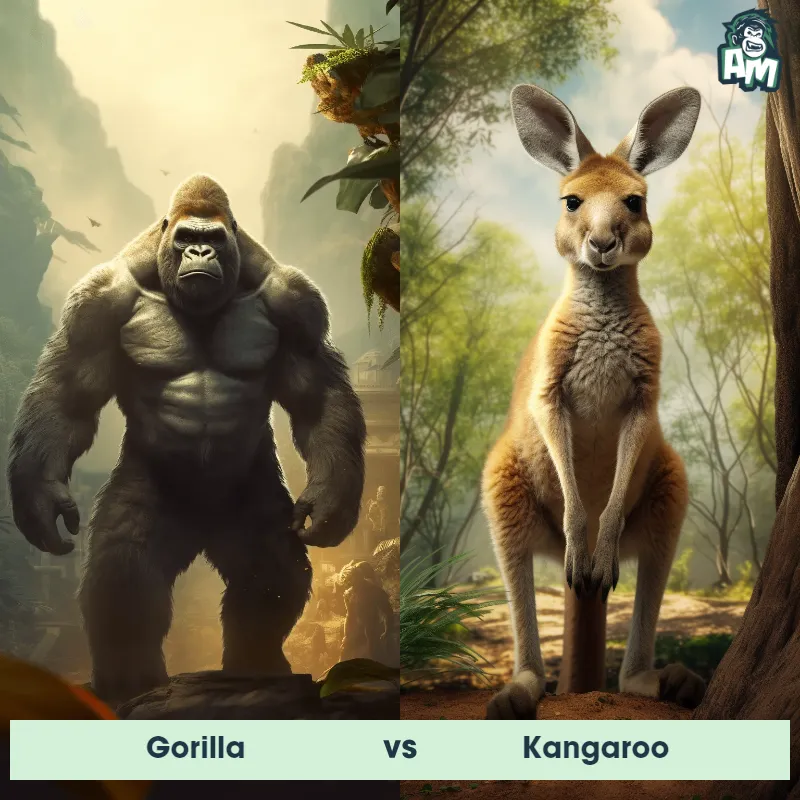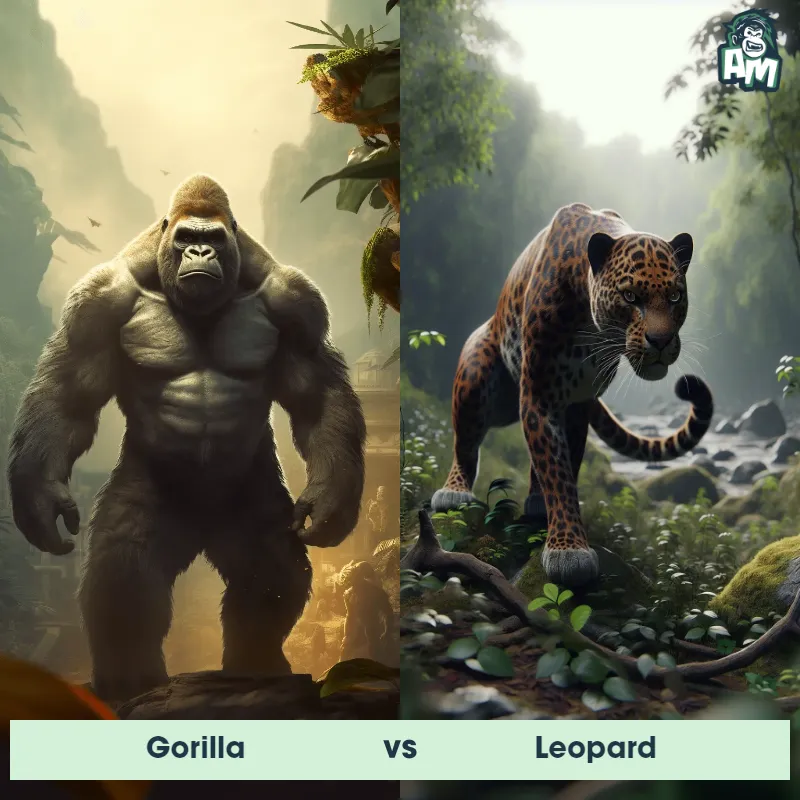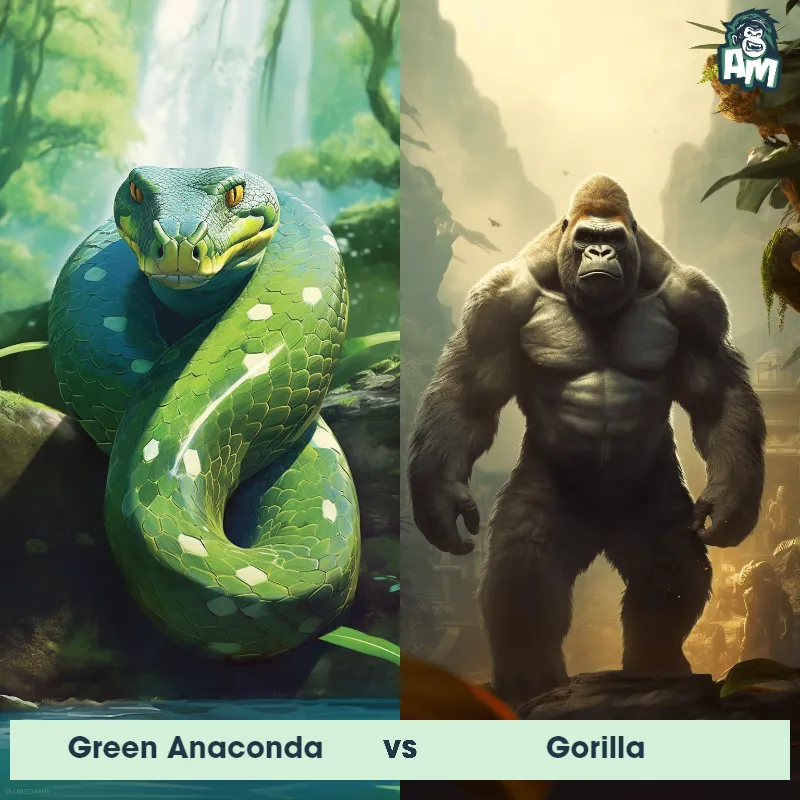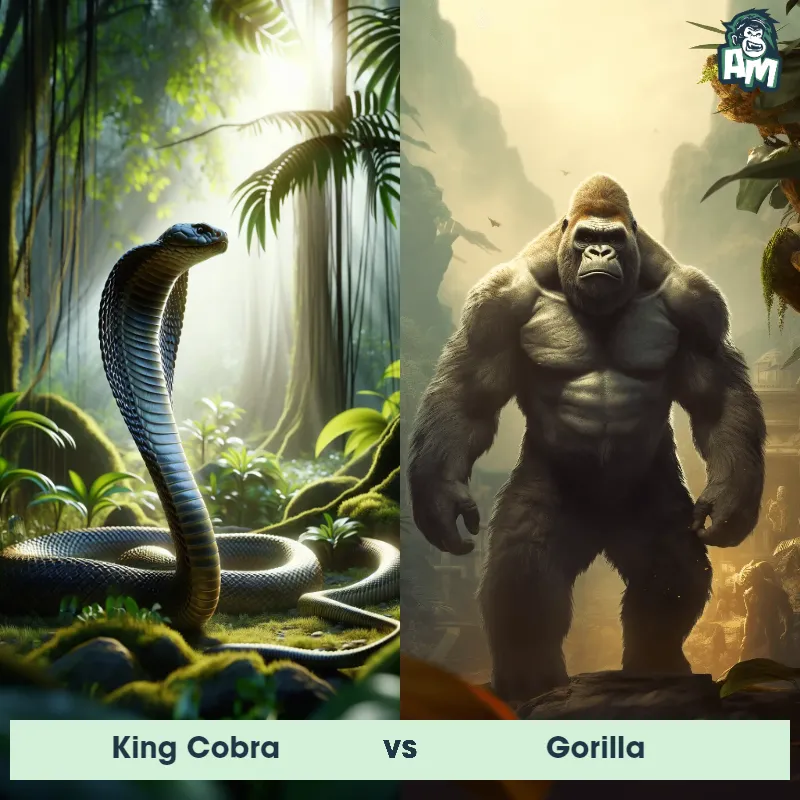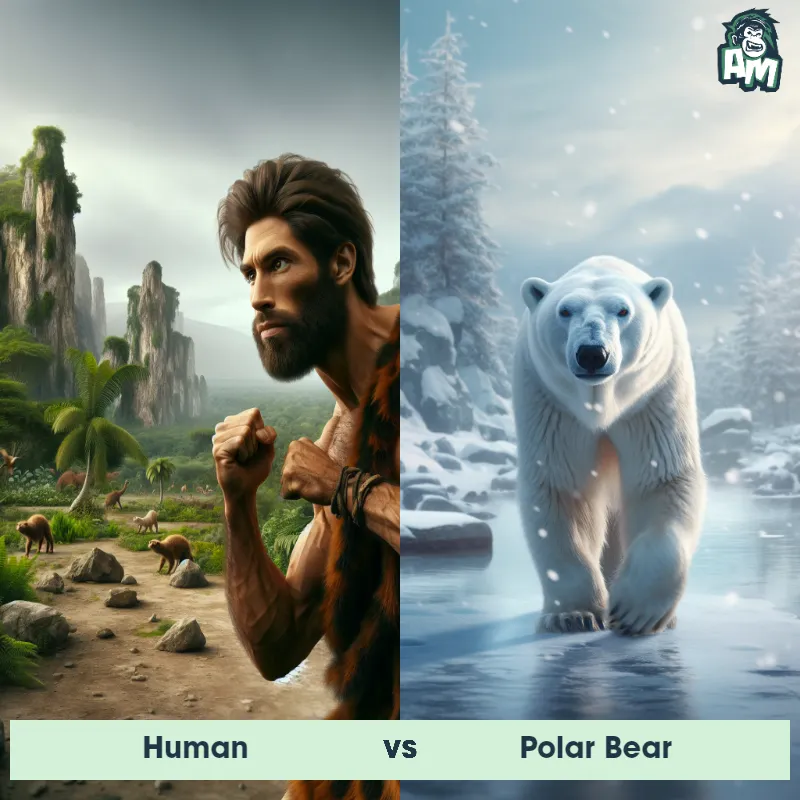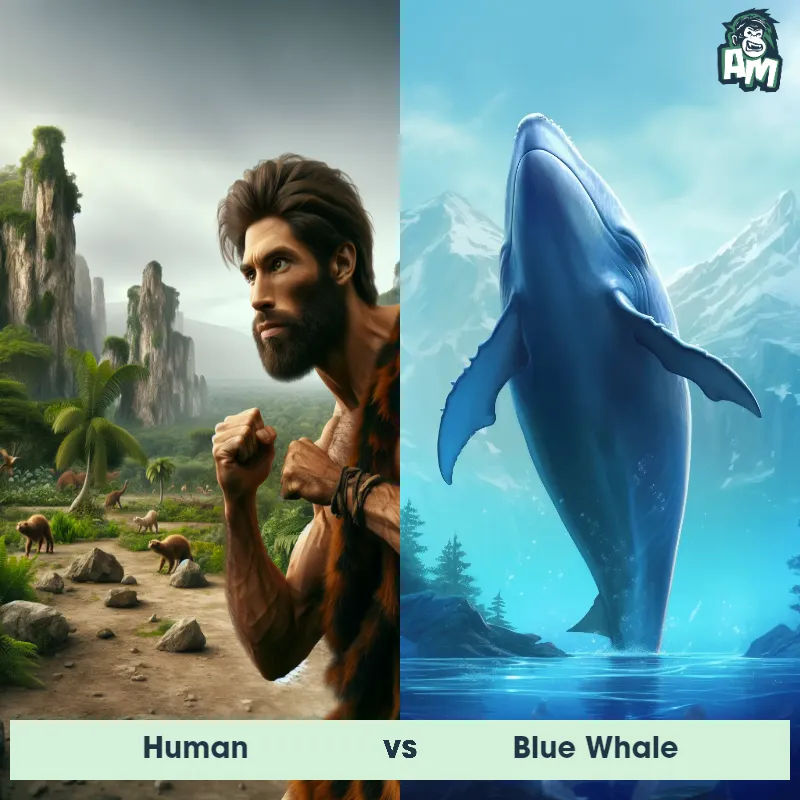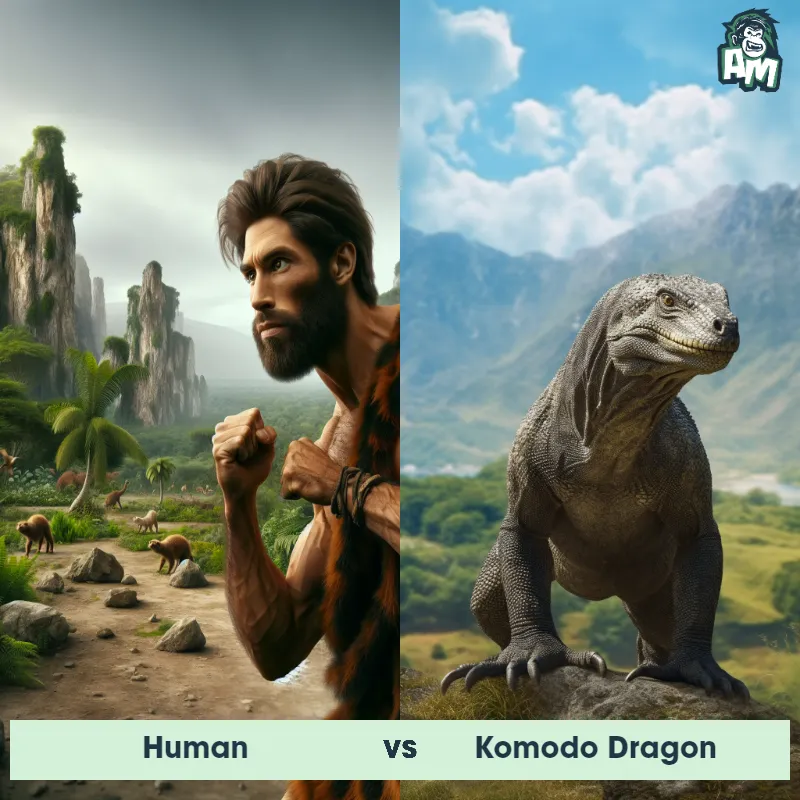Olive Baboon vs GorillaSee Who Wins

Welcome, ladies and gentlemen, to this epic matchup between an Olive Baboon and a Gorilla. Both primates are known for their strength and agility, so we are in for a thrilling fight tonight.
Contender 1: Olive Baboon
The Olive Baboon, also known as the Anubis Baboon, is a species of baboon native to parts of East Africa and the Arabian Peninsula. These social primates are easily recognized by their large size, with males typically weighing around 30-40 kilograms and females being slightly smaller. Olive Baboons have short, coarse fur that ranges in color from yellowish-brown to gray, and their faces are hairless with prominent muzzles. They possess long, powerful limbs with grasping hands and opposable thumbs, making them adept climbers and walkers. With their impressive canines and protruding face bones called ischnia, they exhibit a robust appearance. These baboons are known for living in large groups called troops, which can contain up to 150 individuals, and engaging in complex social interactions.
Fun Fact: One fascinating fact about Olive Baboons is that they have a diverse diet, which includes a wide range of fruits, leaves, seeds, insects, small vertebrates, as well as occasional carrion and even soil, making them opportunistic omnivores.
Contender 2: Gorilla
The Gorilla is a large, powerful primate that is native to the forests of central and eastern Africa. They are known for their muscular build, with males weighing up to 400 pounds and standing up to 6 feet tall. Gorillas have a distinctive black fur coat and a broad, flat face with a prominent brow ridge. They are herbivores, primarily eating leaves, stems, and fruits, and live in social groups led by a dominant male.
Fun Fact: Gorillas are one of the few animals that have been observed using tools in the wild, such as using sticks to measure the depth of water or as a weapon to defend themselves.
Matchup Stats
| Olive Baboon | Gorilla | |
|---|---|---|
| Size | 2-3 feet (60-90 cm) tall | Up to 6 feet (1.8 meters) |
| Weight | 66-88 pounds (30-40 kg) | Up to 400 pounds (181 kilograms) |
| Speed | 34mph (55km/h) | Speed: 20 mph (32.19 km/hr) |
| Key Strength | Powerful jaws and canines | Powerful arms and large size |
| Biggest Weakness | Vulnerable to attacks on their lower body | Vulnerable to attacks on the head and neck |
Current Votes
Olive Baboon vs Gorilla
See Who Wins
View More Matches
Looking For More?
Similar Matches
Scientific Stats
| Olive Baboon | Gorilla | |
|---|---|---|
| Scientific Name | Papio anubis | Gorilla |
| Family | Cercopithecidae | Hominidae |
| Habitat | Forests, savannas, and woodland areas | Forests |
| Geography | East Africa and the Arabian Peninsula | Central and Eastern Africa |
| Diet | Fruits, leaves, seeds, insects, small vertebrates, carrion, and soil | Herbivore |
| Lifespan | 20 years - 30 years | 35 years - 50 years |
Key Differences between Olive Baboon and Gorilla
- Tail presence: Olive Baboons have a longer tail that is held upright when they run, while gorillas do not have a visible tail.
- Habitat: Gorillas are primarily found in dense forests and mountainous regions, while Olive Baboons inhabit savannas, grasslands, and open woodlands in Africa.
- Facial features: Gorillas have a prominent sagittal crest on their heads and larger, broader faces compared to the baboon's flatter facial structure.
- Coloration: Olive Baboons have a yellowish-brown fur color with a distinct greenish-grey tint, while gorillas have a black fur color.
- Body shape: Gorillas have a more robust and muscular build with longer arms and shorter legs, while baboons have a leaner body with longer legs.
- Size: Gorillas are much larger and heavier than Olive baboons, with adult males weighing up to 400 pounds compared to the baboon's 55 pounds.



